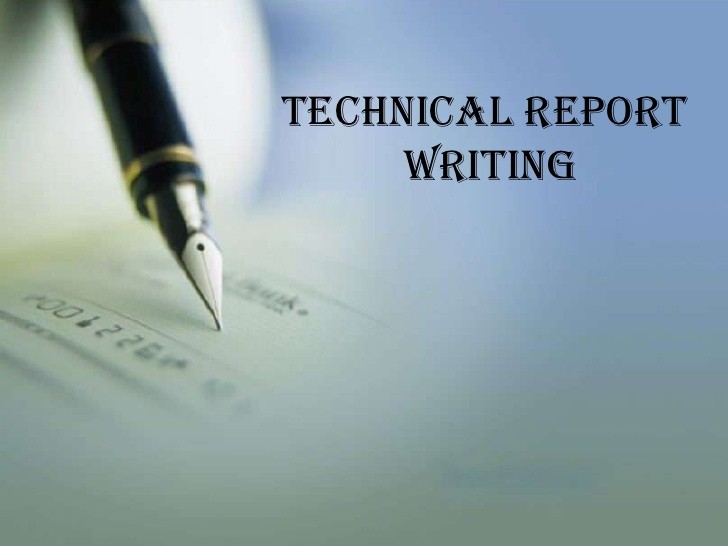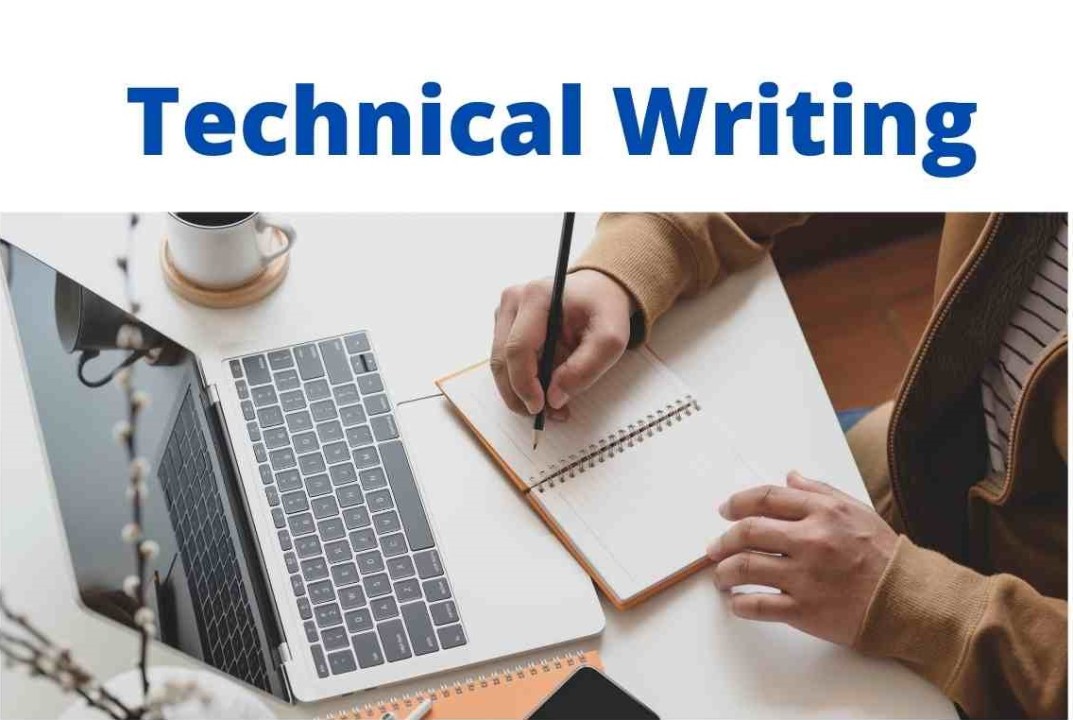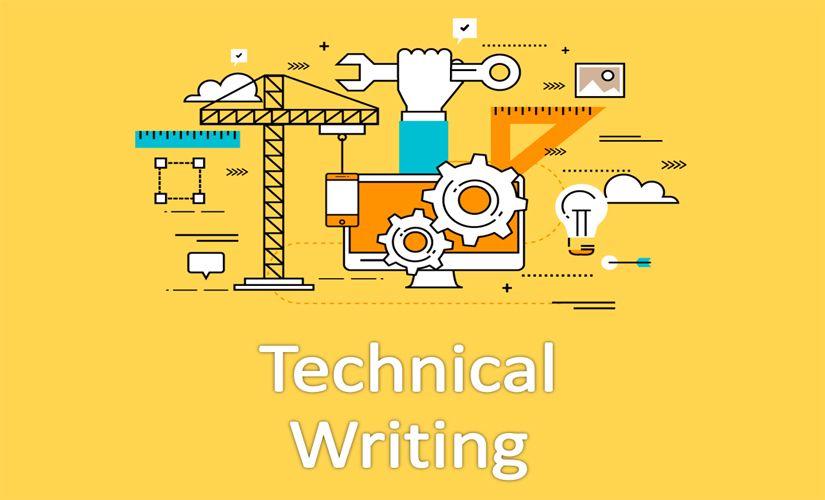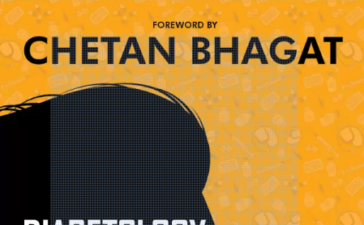Technical report is a formal document containing results of a technical research. It is written by a researcher and is also known as Scientific Report. Technical reports are used in fields like software applications, engineering, biomedical science and environmental regulations. It includes the process, the progress, the research problem, references, some recommendations and the final conclusion of the research. The aim of Technical Report writing is to convey the complex information in a simplified form to the target audience.

Technical report is an effective medium to communicate factual details of the research to its readers. So, the researcher must follow the 7 C’s in Technical report writing for easier understanding. The contents of the report have to be clear, correct, concise, coherent, concrete, complete and courteous.
How to write a Technical report?
A good technical report has to be well-structured and informative with a logical format. Before writing the report, the researcher has to gather sufficient information about the readers of the document. Secondly, he has to also consider the level of reader’s knowledge on the topic while structuring the contents of the report.

Structure
In Technical report writing, a defined structure is helpful to the readers to understand the facts clearly. So, the data has to be accurate and well-written as it reflects the image of the organization. The set of information has to be in an order with each information playing a vital role to create an impactful report.
Cover Page
This is the first page that comes in view of the prospective readers. So, its appearance must create a positive impression. In this introductory page, details like the title, the author’s name, the institution’s name and its logo must be visible in a neat manner.
Title Page
This page informs the status of the project. So, it has to include information like the purpose of the report, about the target audience, the organization sponsoring the project and the submission date.
Abstract
An Abstract is a brief synopsis of the entire research. It is without the usage of jargons or abbreviations. So, in this section, there must be a short and a clear description of the project for the readers. The key points in this segment specify relevant facts to the readers for their own research interests.
Preface
In this page, the writer has to mention the essential points that he wants the readers to know before they start reading. He has to also convey that the findings of the project are the results of his own research and analysis, and they are free from plagiarism.
Dedication
This page is generally used in theses and is optional. The writer can express his appreciation and gratitude towards people for their significant support in the project. So, Dedication is in the form of a brief description and is the shortest section of the report.
Acknowledgement
There are many contributors in the preparation of the technical report. So, in Technical report writing, the writer has to acknowledge for the help from the respective teams and members in the whole process.
Table of contents
This page has the list of topics and sub-topics with their page numbers. So, having known the locations of each topic, the readers can move around the report with ease. From this list, the prospective readers can also get an overview of the report at a glance.
Introduction
The actual details of the project report, start from this page. So, the introduction has to be short and impressive to build-up enough interest for the readers. It should indicate the report structure and the purpose of the project. It should also include the information about the target audience. If required, the writer can add a short background of the situation and the topic.
The Body
In Technical report writing, the body is the main content of the report. The readers are entitled to receive something of significant value from the technical report. So, every effort must be made to make this text pleasing and attractive. The writer has to present detailed information on all the topics specified in the table of contents. It is advisable to use suitable headings and subheadings within the various topics to avoid long stretches of text. A well-organized matter always provides a satisfactory experience to the readers.
This section cannot have personal opinions. So, it must include only verifiable facts that the writer has collected during his research. The points categorized in bulleted and numbered form gives a professional appearance to the report. Contents supported by tables, charts, diagrams and other visuals makes it more rewarding.
Conclusion
This is a logical summing-up of all the points stated in its earlier pages. It must explain the summary for all the topics. The achievement of objectives and the conclusion of purposes have to be stated clearly. So, no points must remain unexplained for the readers. In case the writer discovers some remarkable findings in his report topic, he can include it in this section.
Appendices
This section contains some additional information that might be appropriate but is too large to fit in the main body of the report. The report is useful for different types of readers. A set of data in the main body might be very ordinary for an expert, but the same data could be valuable for a non-expert. So, including such data in the Appendices page can satisfy both the readers.
References
If a writer uses another writer’s facts or ideas and copies them unaltered, then he must indicate it in this section. He must clearly mention the sources of such information in the list of references. Otherwise, it will indicate plagiarism which is a serious offense. All technical writers must be aware of this legal threat.
Bibliography
Similar to References, even Bibliography provides the sources of information for the report. However, References provide brief details about the source information but Bibliography gives detailed information about the source. The list in Bibliography is extensive along with the in-depth research. Interested readers can also find additional reading materials in this section.
Proofreading
Proofreading is essential to check the accuracy in spelling, grammar and punctuation. Once the report is complete, the proofreader has to examine the content from the standpoint of a reader. All the facts, figures and data are verified. So, in technical report writing, only an error-free report is seen as a high-quality report.

Technical report writing format
Technical report writing format reflects a degree of professionalism in the report. A writer always intends to write engaging content to attract the reader’s attention. The tone has to be formal and the sentences have to be in an active voice. The font, spacings and margins have to be uniform and the text has to be broken into chunks. A visually organized format is a prerequisite for a well-structured technical report. An effective report conveys confidence in the minds of the readers.
Henry Harvin Education
Henry Harvin Education offers “Technical Writing Course with Gold Membership” for students and professionals. The focus of this course is on “How to write a Technical report”. This course will also assist to strengthen the technical writing skills of aspiring writers.
Conclusion
Management of an organization has a dependency on Technical reports for taking crucial decisions. Hence, Technical report writing has gained considerable importance to present the outcomes of research. This single document contains all the project data in an easy-to-understand format. White papers, case studies and manuals are some examples of technical reports. An understandable and a clear description builds trust among the readers. With high-quality technical content, the company can spread its brand awareness towards their external customers to improve sales.

FAQs
Q.1 : What is the first step of Technical Writing?
Ans : The first step in the Technical Writing process is to collect reliable data about the product. The whole content of the report is built out of these researched information from various sources.
Q.2 : Is Technical Writer a good job?
Ans : Technical knowledge is the domain of experts and specialists. Non-experts cannot grasp such technical information on their own. So, a Technical writer can act as a medium to convey complex information in a simple, easy-to-understand form.
Q.3 : How important is a Technical report?
Ans : Technical report provides the results of a project to the upper management. It is one of the internal reports that helps in making business decisions. This report is also a record of the project work carried out by the team.
Q.4 : What are the objectives of the Technical report?
Ans : The objective of the Technical report is to identify the readers of the report, the purpose of producing the report and the information covered in the report.
Q.5 : What are some of the Technical report writing skills?
Ans : Firstly, the Technical writer must have a strong written and verbal communication skill. In addition, he has to be a team player with multitasking ability. He must possess strong technical knowledge with a potential to learn new technologies.












